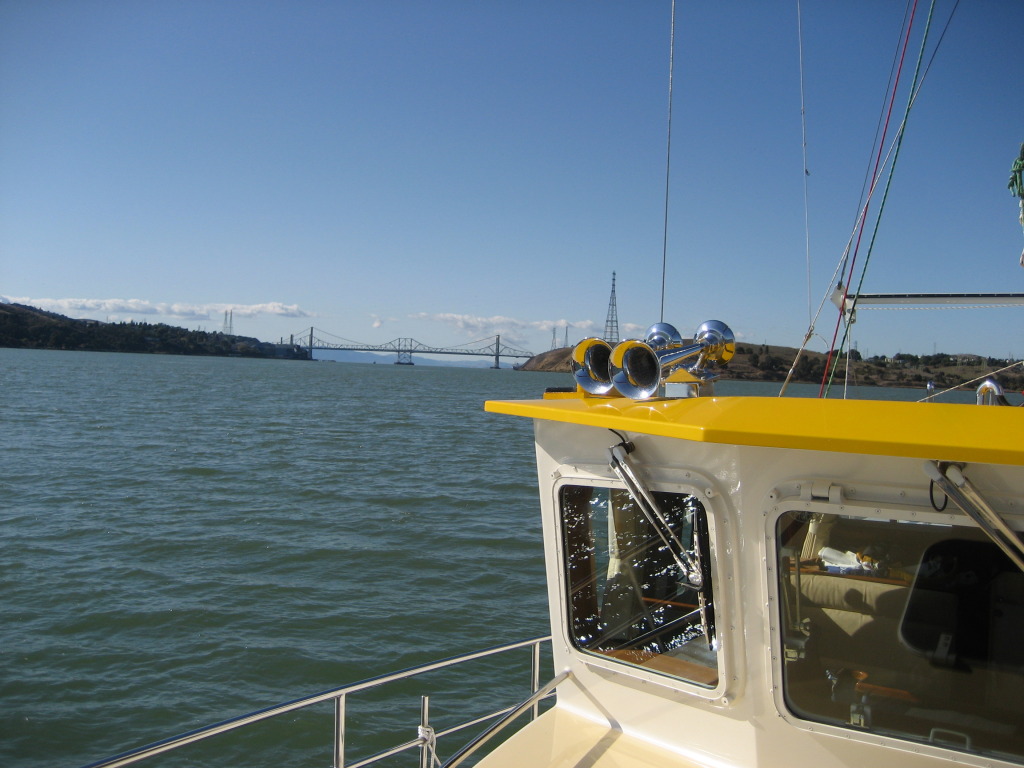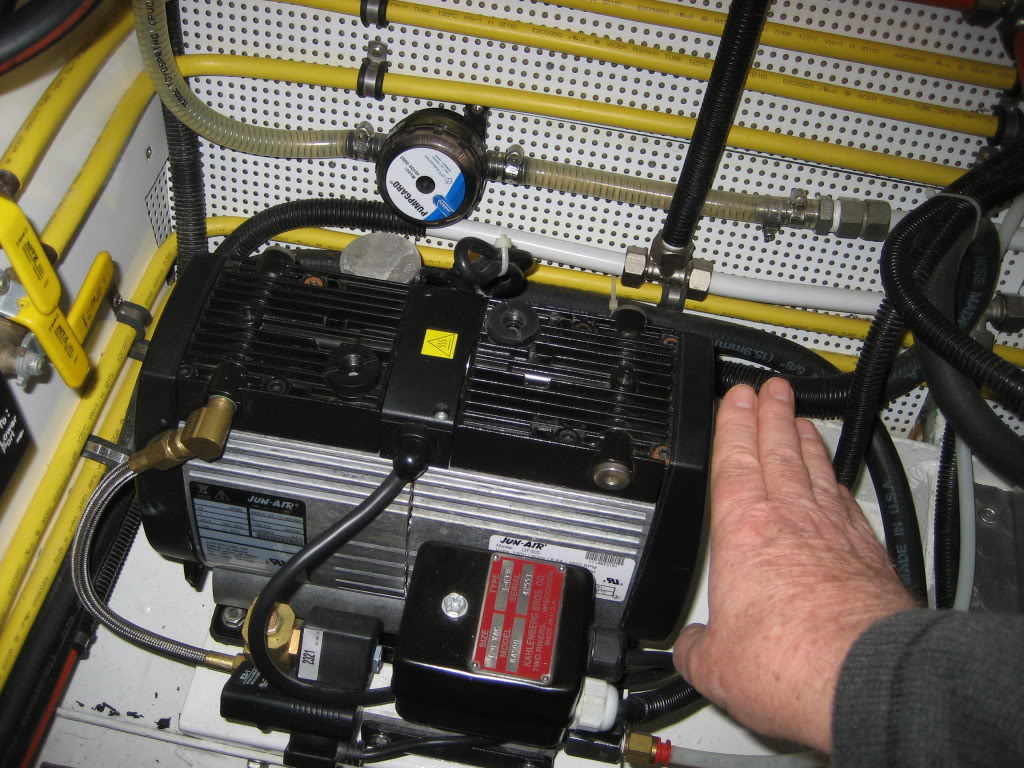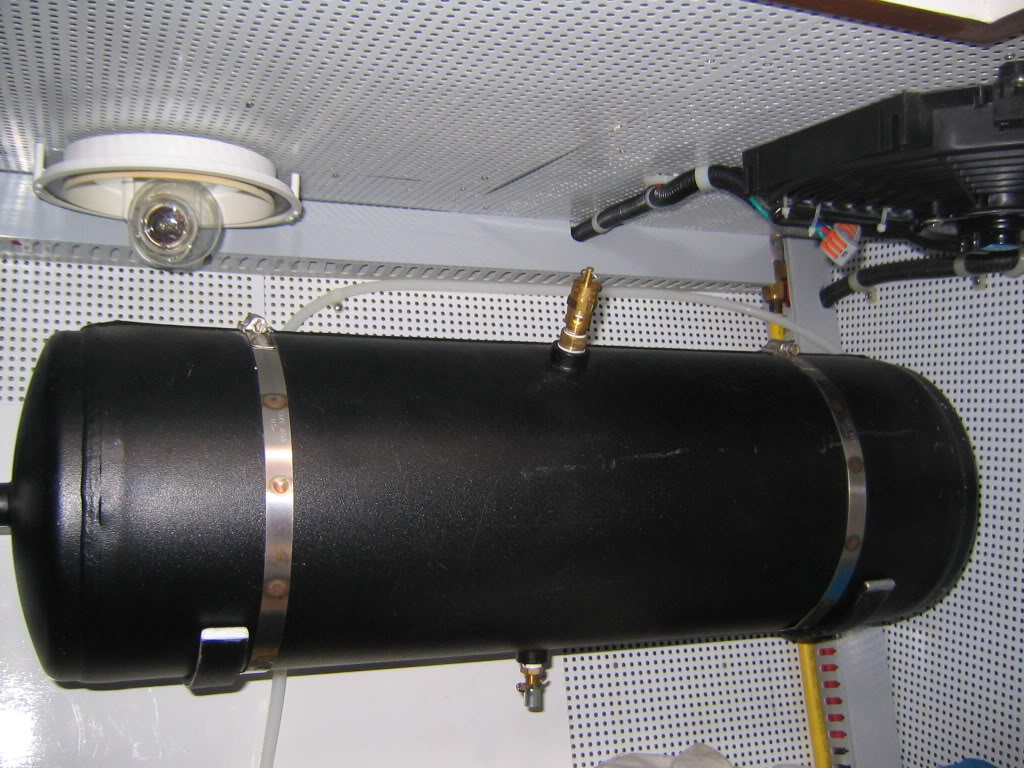Hi Marin,
If there's a set of Kahlenbergs sounding, you'll hear them! The point being IMO compliant horns are super loud.
GPB
Our air horns are pretty much the same as the ones you have in terms of volume. But even inside our boat they don't sound all that loud. The horns on the Washington State ferries, which make Kahlenbergs and our horns seem like rabbit farts in comparison, are not discernible inside our boat until the ferry is fairly close. And our boat is not particularly loud inside. I've ridden in boats that are far louder.
Sailboaters tend to hear horns when they're a long ways off, of course. But all the powerboaters I've talked to in person about this, like the folks in our club, all say the same thing-- they don't hear horns until the boat blowing them is very close.
And here's an eye- opener for you. We have an acquaintence who's a Washington State ferry officer. And he told us that on the bridge of the ferries on cold days when everything is closed up, they don't hear horns either, other than their own, unless the other boat is real close.
I'm certainly not advocating not sounding horns in low visibility. In fact we'll probably start turning our nav lights on, too, under these conditions in the daytime even though we know from experience that nobody will see them until they're close enough to see our boat itself (and assuming that we even remember to turn them on) . I think FlyWright made a good point earlier.
But I don't think it's a good idea to drive around in the fog thinking that everyone hears you coming because there's a real good chance some of the other boats driving around in the same fog won't.
We use the intercom/hailer to help us hear the horns on other boats and it helps some but only for boats in front of us. The horns are a great safety aid but in low visibility as far as were concerned it's all about radar and how to use and interpret it properly.
We really enjoy boating in the fog. We both like the challenge. It's like flying on instruments which I really enjoyed until I stopped flying landplanes after moving to Washington.

 COURT IS ADJOURNED
COURT IS ADJOURNED




